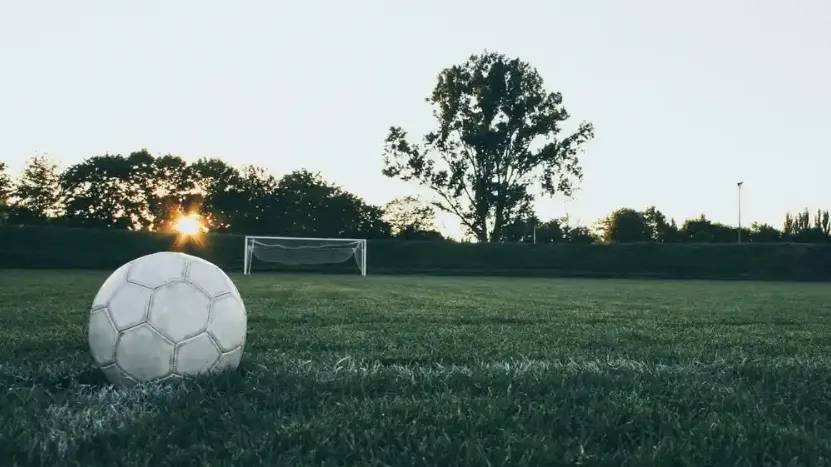
To become a master of any skill, you need to put in some hard work. To master any skill, it's believed that you need to devote around 10,000 hours of practice. This applies to mastering piano, golf, and, yes, you've guessed it right, football.
But you need more than 10,000 hours to achieve greatness in football. Professional football players often train four to six hours daily. As you can see, the matchday time is just a tiny fraction of their overall training effort. If you're serious about reaching the top levels of football, be prepared to put in a lot of hard work, discipline, and dedication.
Whether you're part of a major league or local club play, you need to learn effective training methods to improve your skills. OhMyFootball put together some of the best drills and exercises that are not just super effective but also a whole lot of fun. Whether dribbling, passing, or making those game-winning shots, we've got something here for everyone.
A good warm-up is the key to dodge those nasty injuries. You can start by doing a 10-minute light jogging or some dynamic moves like high knees or side shuffles. The point is to get the blood pumping and muscles ready for action. So, avoid exhausting yourself because you won't be able to perform later in the practice.
Next up, stretching. Don't skip this part! Focus on your legs, hips, and back. Try some lunges, quad stretches, and reach-downs to your toes. It keeps your muscles limber, and trust us, you'll move a lot better on the field.

Now that you're all warmed up and ready to go, you can start by doing some dribbling drills.
Dribbling is basic but crucial. Set up some cones and weave through them with the ball. If you're playing with your teammates, you can push them to go faster, but keep that ball glued to your feet. Here, the point is to practice your control with the ball on your feet.
Want to spice it up? Use your weaker foot or throw in some zigzag patterns. It's a great way to challenge your skills and shake things up.
Now, onto passing. Good passing keeps the game flowing and the ball moving.
Start simple: Have your players form a circle and pass the ball around using both feet. The trick? Use the inside of the foot for better control—it works like a charm.
To crank it up a notch, add some movement. After passing, players should dash to a new spot. It boosts endurance and gets the players thinking about space and timing.
If you're training alone, you should try two-touch passes. All you need to perform them are a wall and a ball.
Everyone loves shooting—there’s nothing like the thrill of scoring. Begin with straightforward shooting drills. Start by shooting from various positions and distances. Don't be afraid to use both feet, as it's important for game preparation.
If you want to boost your precision and ability to handle pressure, set up targets in the corners of the goal. Also, learn how to shoot while running. These shooting drills will help you identify your strongest shooting position and better prepare you for actual game scenarios.
Crossing drills are crucial in soccer, especially during intense games. By being good at crossing, you'll be able to pass the ball to your teammates accurately. If you're a winger or wing-back, you need to be really good at this because it often sets up the chance for goals.
To improve your crossing, think about how you can create chances for your teammates to score. Practice these skills in situations that feel like a real game, with other players trying to stop you.
Doing lots of sprints from one side of the field to the other is a good exercise. It helps wingers build up the stamina they need to keep running back and forth during a game.
Defence matters just as much as offence. Teach the basics of positioning, tackling, and intercepting.
A solid one-on-one drill does the trick: one defender, one attacker, and one goal to guard. It sharpens your ability to read the play and react swiftly.
In football, using your head isn't just about thinking through plays—it's also about physically using your head to control the ball or score a goal. Mastering headers requires good coordination, making practice essential.
Try setting up a drill with three players who pass the ball using only headers and throws without letting it touch the ground. This exercise helps improve your timing for when to use a header. It also keeps you focused on controlling the ball and encourages teamwork to keep the ball in the air.

Don’t just walk off the field—cool down properly. A bit of light jogging and some stretching after the game help the body recover and cut down on soreness later.
To wrap things up, a well-rounded football training session should include:
Stick with these drills OMF offers you, put in the effort, and hey, you’ll see the difference on the pitch in no time.